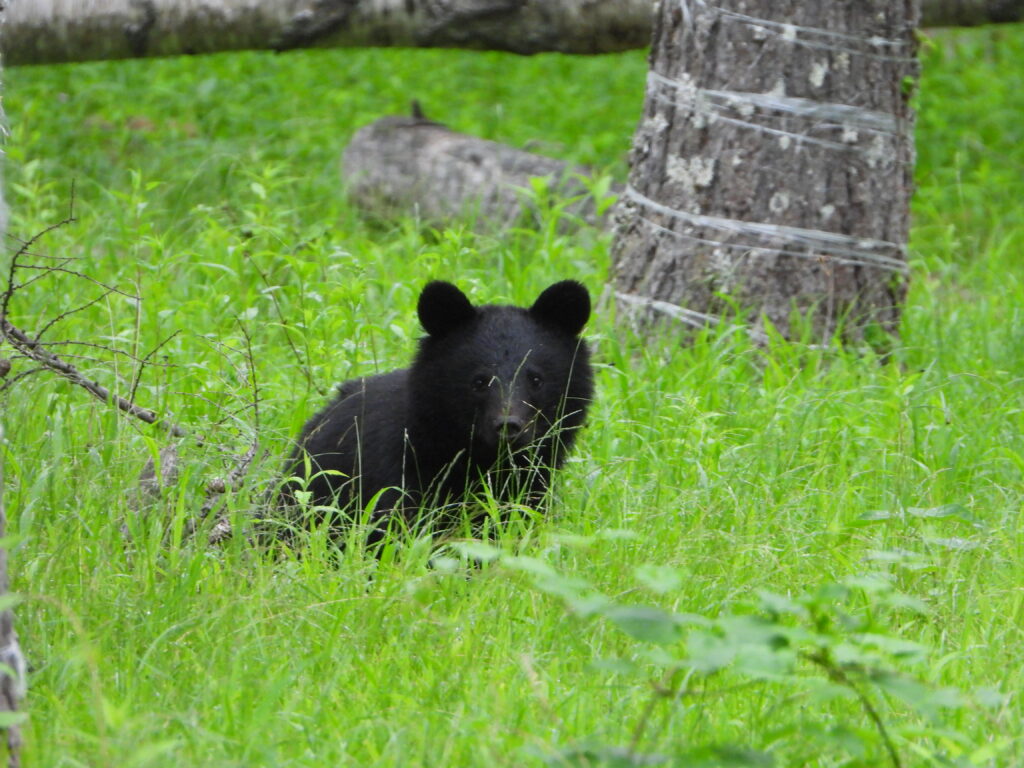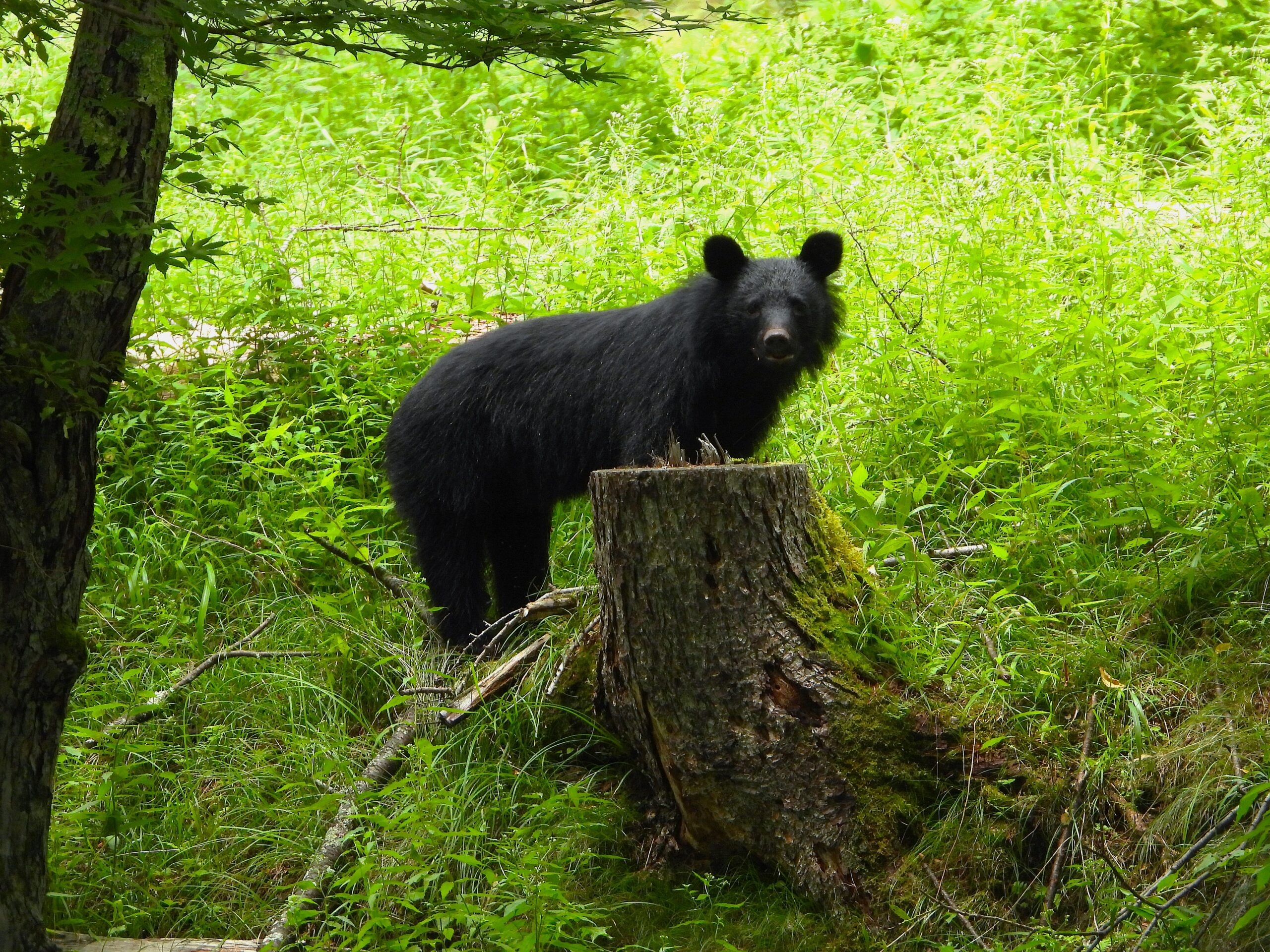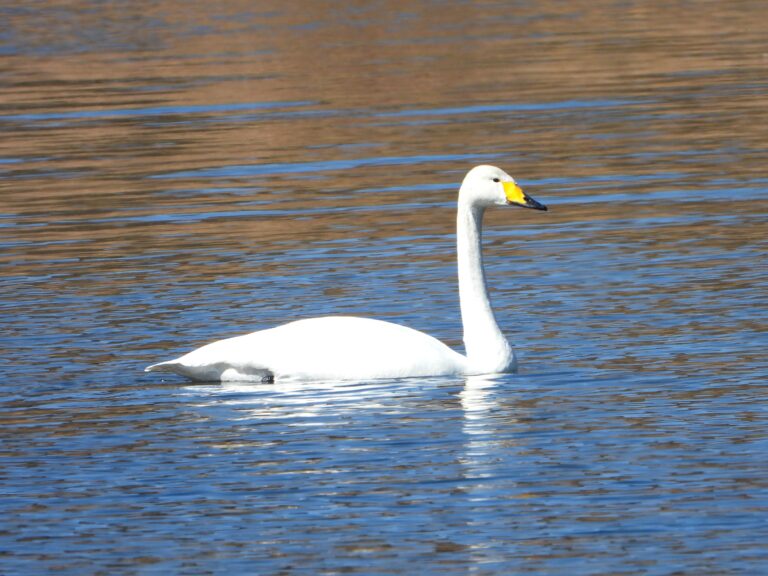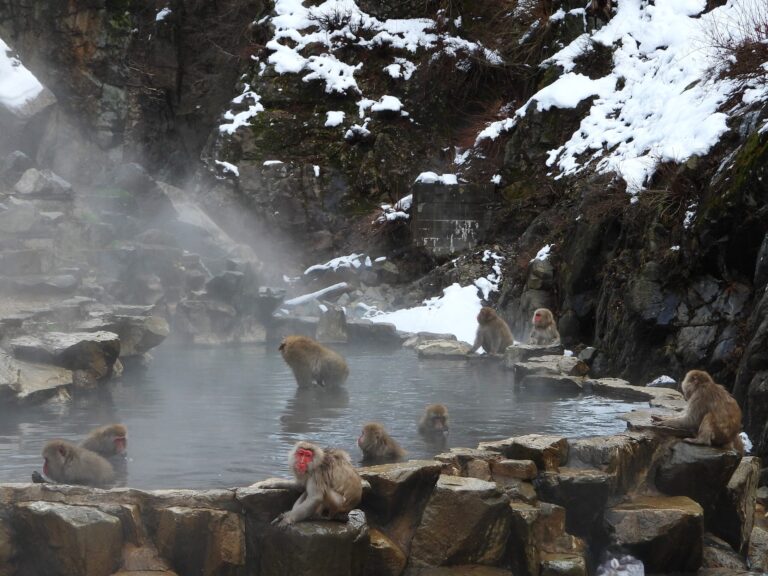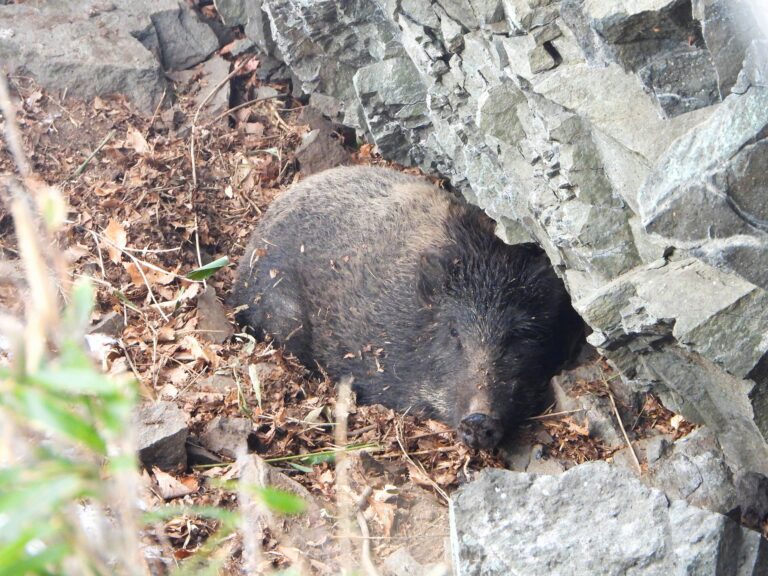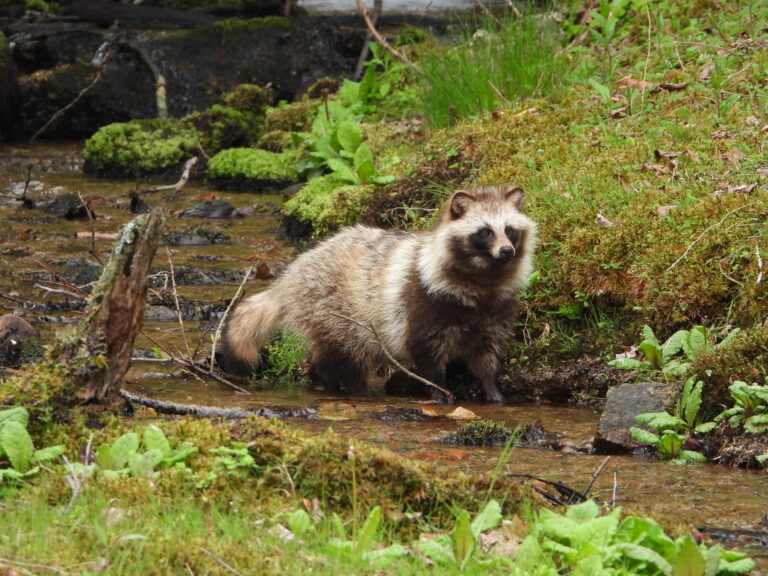Hiking in Japan? Don’t Miss These Bear Safety Tips
Introduction
Japan’s mountains and forests are among the most beautiful in the world, but they are also home to bears.
In recent years, there has been a noticeable increase in bear encounters across Japan, from the forests of Hokkaido to the mountains of Honshu.
News reports have included fatal incidents in Hokkaido’s Shiretoko area and unexpected encounters in Nagano, Akita, and Gunma Prefectures.
Experts suggest that poor nut harvests and shrinking habitats are pushing bears closer to human settlements in search of food.
While these stories sound alarming, bear attacks in Japan remain extremely rare.
Most bears flee once they sense human presence.
Understanding their behavior and following proper precautions will help you stay safe.
This guide summarizes reliable, field-tested advice for anyone hiking or camping in Japan’s bear country.
Bears in Japan: Know the Two Species
Japan is home to two native bear species:
- Japanese black bear (Ursus thibetanus japonicus) – Found across Honshu and Shikoku. Smaller and shy, they usually avoid humans.
- Ezo brown bear (Ursus arctos yesoensis) – Found only in Hokkaido. Larger and stronger, this species can be more dangerous if surprised or provoked.
Bears are active mainly from April to November, especially in spring after hibernation and in autumn before winter.
Their diet consists mainly of nuts, berries, and plants, but when food is scarce, they may approach farmland or villages.

Where and When to Be Careful
Bear encounters can occur anywhere in rural Japan, but some regions have higher activity:
- Hokkaido: Shiretoko Peninsula, Daisetsuzan National Park, Akan–Mashu area, eastern coastal forests
- Tohoku: Mountain areas in Akita, Iwate, and Aomori
- Chubu: Nagano and Niigata highlands
- Kansai and Chugoku: Forested mountains around Kyoto, Hyogo, and Hiroshima
Encounters are more likely at dawn and dusk when visibility is low.
In autumn, bears roam widely in search of food before hibernation.
Always check local sighting reports before entering the mountains—many municipalities and park websites post updates in English or Japanese.
Preparing Before Your Hike
- Research your destination
Check official park or local government websites for recent bear sightings. - Hike in groups
Bears rarely approach multiple people; solo hikers are at higher risk of surprising one. - Carry noise-making tools
Bear bells, whistles, or radios help alert bears to your presence. - Avoid strong scents
Perfume, deodorant, and open food containers can attract curious bears. - Store food properly
Use airtight bags, keep garbage sealed, and avoid eating near your sleeping area. - Carry bear spray
Bear spray is highly effective when used correctly—keep it within easy reach. - Plan your timing
Hike during daylight and avoid low-visibility hours such as early morning or evening.
On the Trail: Prevention and Awareness
- Make noise regularly by talking, singing, or ringing your bell.
- Stay on marked trails and avoid thick undergrowth or shortcuts.
- Watch for signs such as tracks, claw marks, or fresh droppings—turn back if you see them.
- Keep food sealed and do not leave wrappers or crumbs behind.
- Never approach a bear for photos, even if it seems calm or distant.

If You Encounter a Bear
If you spot a bear from a distance:
If the bear hasn’t noticed you, quietly and calmly leave the area.
Do not make noise or draw attention—simply increase the distance while keeping the bear in sight.
Leaving before it notices you is the safest choice.
If the bear does notice you, stay calm and slowly back away while facing it.
Never run or make sudden movements.
If the bear approaches:
Stay calm and stand your ground.
Make yourself look larger by raising your arms or opening your jacket.
Have your bear spray ready and use it if the bear comes within about 10 meters.
Do not throw food or shout—sudden aggression can provoke a charge.
If the bear comes very close:
If escape is impossible, stay calm and protect your head and neck with your arms.
Keep facing the bear and move slowly if there is space.
Do not scream or run.
Most encounters end once the bear realizes you are not a threat.
Camping and Overnight Safety
- Cook and eat away from your sleeping area.
- Keep all food and garbage sealed in odor-proof containers or bags.
- Never bring food inside your tent.
- Clean all cookware and pack it tightly after meals.
- Avoid leaving any scented items unattended overnight.
- In Hokkaido, use designated bear-safe campsites whenever possible.
Local Measures and Recent Trends
Many local governments in Japan have strengthened bear safety efforts.
Hokkaido expanded its Bear Patrol units, while some prefectures in northern Honshu installed AI-equipped cameras to detect bear movement.
Authorities continue to emphasize prevention and education, encouraging hikers to stay alert and prepared.
These actions show how seriously Japan takes coexistence with wildlife, but individual awareness remains the best protection.
Quick Safety Checklist
- Checked recent bear sightings?
- Hiking alone or in a group?
- Carrying a bear bell or whistle?
- Bear spray easily accessible?
- Food and trash securely sealed?
- Emergency numbers noted?
If you can answer “yes” to all, you’re ready for a safe and responsible hike.
Final Thoughts
From Hokkaido’s volcanic peaks to Yakushima’s ancient forests, Japan’s wilderness is extraordinary.
Respecting wildlife is the key to exploring it safely.
Bears are an important part of Japan’s ecosystems—seeing one should inspire caution, not fear.
With preparation, calmness, and respect, your hiking adventures in Japan can be both safe and unforgettable.
Asian Black Bear (Ursus thibetanus japonicus) – Wildlife of Japan
